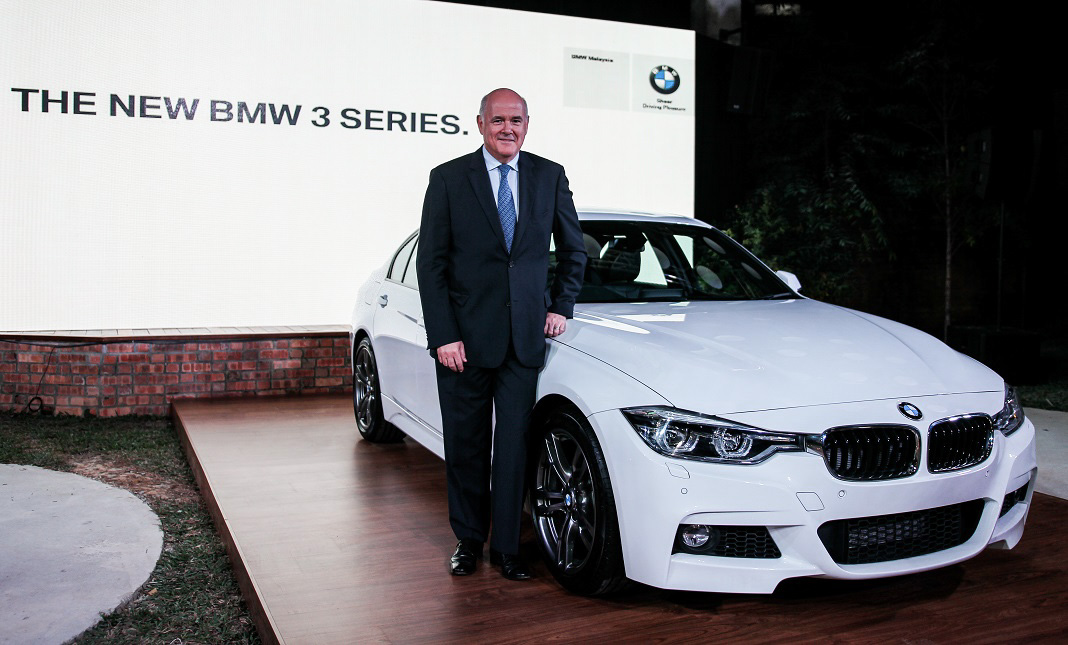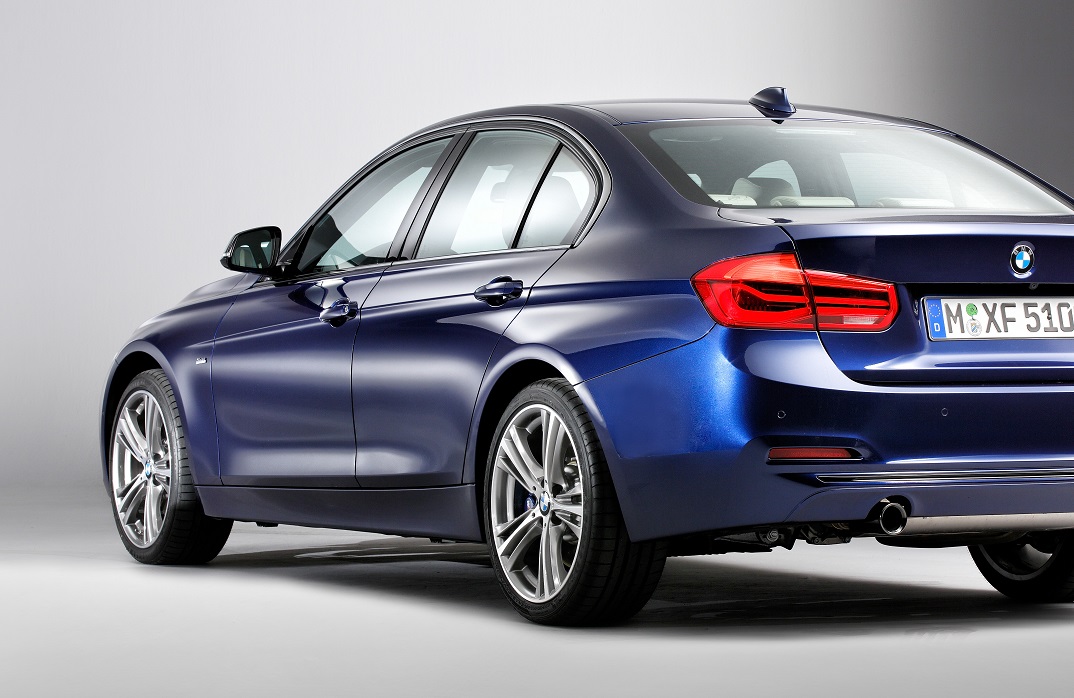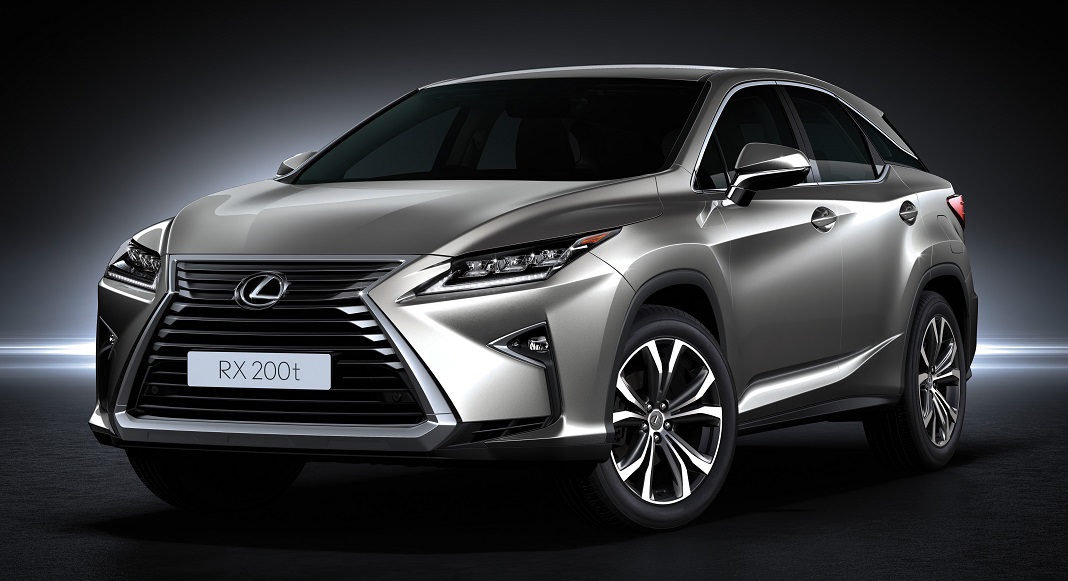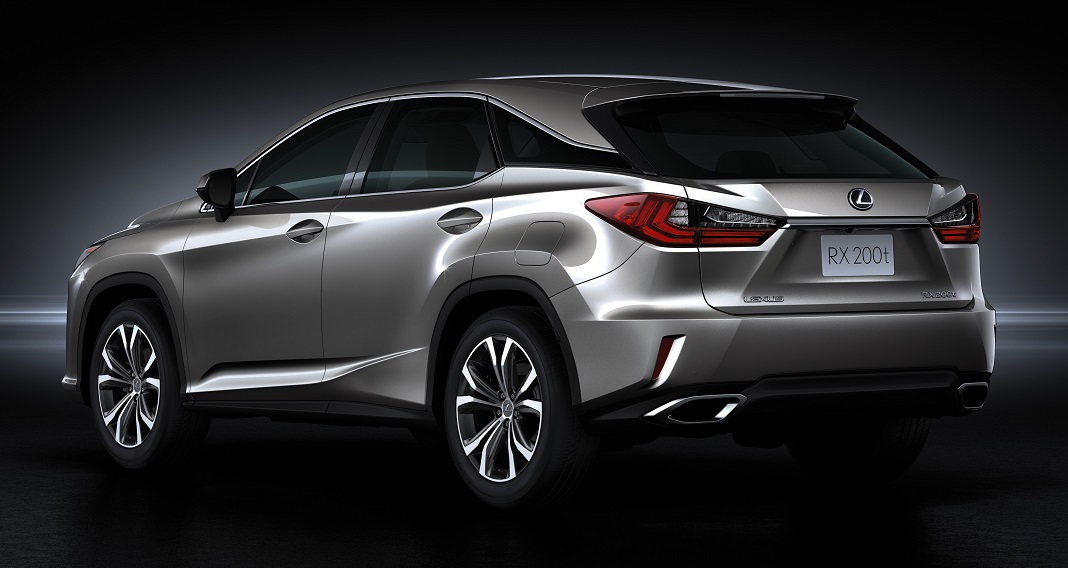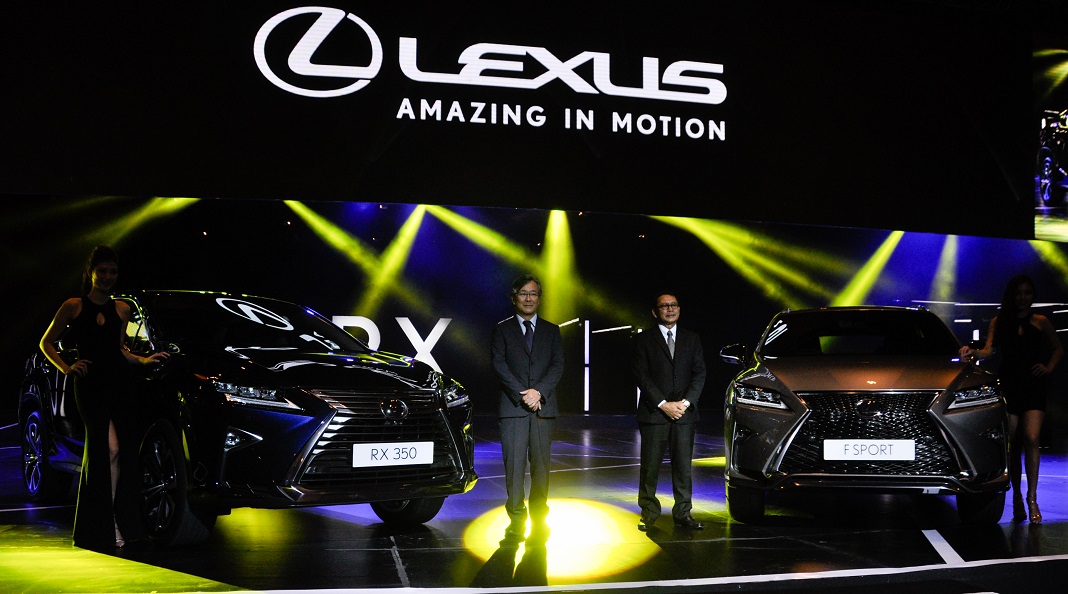 Last week, BMW and Lexus launched key models for their respective stables, on the same day. Though the timing was purely coincidental, the fact that both debuted their smallest engine ever (in cubic capacity) in the respective models’ line up was certainly no accident – downsized engines are making their way to the larger models now.
Last week, BMW and Lexus launched key models for their respective stables, on the same day. Though the timing was purely coincidental, the fact that both debuted their smallest engine ever (in cubic capacity) in the respective models’ line up was certainly no accident – downsized engines are making their way to the larger models now.
A three-pot for a 3
For BMW, the F30 3-Series accounts for more than 50% of all BMWs sold in Malaysia, so a mid-life refresh (they call it Life Cycle Impulse, or LCI) was always going to be critical to prop up competitiveness, especially in light of its direct rival, the new Mercedes-Benz C-Class, being re-positioned lower in price recently.
While there weren’t any major surprise over the announced prices of the LCI variants, (largely unchanged despite the Ringgit’s devaluation, and more competitive than before considering the specs), for the first time in the 3-Series’ 40-year history, an engine with only three cylinders is offered, along with a cubic capacity not exceeding 1.5 litres (1,499cc to be precise).
Downsizing and turbo-charging is indeed the way to go, but to know that there’s a small 3-pot living under the long hood of what is a pretty grown up 3-Series will no doubt challenge the traditional notion of large engines powering large cars, even if the performance is identical to the 1.6-litre four-cylinder that preceded it. Does it bother you? Does having three cylinders weaken the 3-Series’ performance cachet? Try the poll below.
BMW 3-Series LCI line-up:
318i Luxury (RM208,800); 1.5L 3-cyl. petrol turbo (136hp/220Nm)
320i Sport (RM238,800); 2.0L 4-cyl. petrol turbo (184hp/290Nm)
320i M-Sport (RM258,800); 2.0L 4-cyl. petrol turbo (184hp/290Nm)
320d M-Sport (RM268,800); 2.0L 4-cyl. diesel turbo (190hp/400Nm)
330i M-Sport (RM308,800); 2.0L 4-cyl petrol turbo (252hp/350Nm)
[poll id=”2″]
RX joins turbo bandwagon
The Lexus RX isn’t a gargantuan SUV by any means, but it is a legitimate contender to the large luxury SUV crown, fighting the likes of the BMW X5 and Mercedes-Benz ML-Class. In fact, the RX was the mainstay model that accounted for over 70% of sales in the initial years following the formation of Lexus Malaysia, this despite being powered by a less-than-frugal 3.5-litre V6 that also incurred high annual road tax.
For the all-new fourth-generation RX, you still can have it with a big 3.5-litre V6, in petrol or hybrid form, but we’d wager that the 2.0-litre turbo-charged four-cylinder – the smallest ever engine to power an RX – that will be chosen many times over by new RX buyers.
The more challenging part would be whether traditional Lexus (and RX) owners who have been fed on a diet of large V6 engines for decades are able to accept their luxury SUVs being powered by a small four-cylinder, especially those who associate “success” with a big number on the emblem (as in RX350 trumps RX200t for bragging rights). Suffice to say, an analysis of the RX sales data in 12 months’ time would most interesting in gauging the level of acceptance. If you were shopping for the new RX, would it be the small turbo or the big V6? Tell us below.
All-new Lexus RX line up:
RX200t Premium (RM389,000); 2.0L 4-cyl petrol turbo (235hp/350Nm)
RX200t Luxury (RM408,600); 2.0L 4-cyl petrol turbo (235hp/350Nm)
RX200t F Sport (RM423,190); 2.0L 4-cyl petrol turbo (235hp/350Nm)
RX350 Luxury (RM458,000); 3.5L 6-cyl petrol (295hp/370Nm)
RX350 Sport (RM486,500); 3.5L 6-cyl petrol (295hp/370Nm)
RX450h (RM520,400); 3.5L 6-cyl petrol hybrid (308hp/335Nm)
[poll id=”1″]
